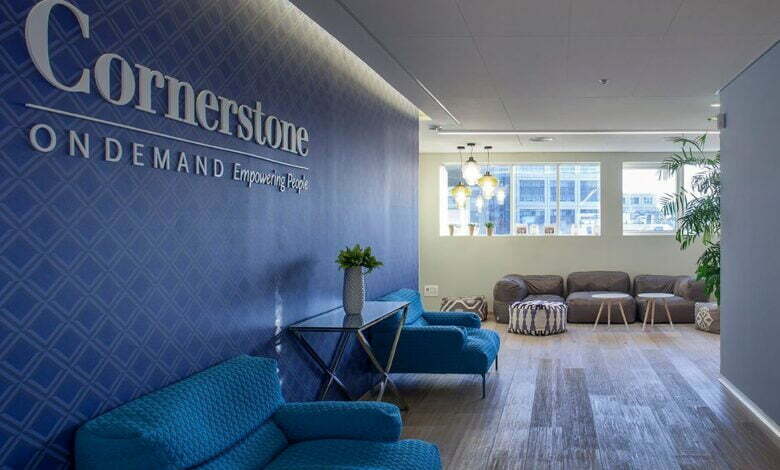
CSOD, because people are our wealth
The cloud-based HR service Cornerstone OnDemand (NASDAQ: CSOD) to capitalize on the growth in demand for both the company’s services and its claims.
Growth potential and duration: 18% in 14 months; 11% per year for 15 years. Why stocks might go up: Demand for the company’s solutions will go up. How we act: we take supplies now at $ 57.33.
We hope you know what to do. First, what the company makes money on This is a cloud platform for training and personnel management. You can see how it looks on the company’s YouTube channel. According to the report, the company’s revenue looks like this: Subscription – 95.2%. Professional services – 4.8%. Benefits of installation and optimization of the company’s software for its customers.
Geographically, the revenue is as follows: 63.4% of the company’s income comes from the United States, the rest – to other, unnamed countries.
In such circumstances, CSOD allows you to do what all managers dream of – to squeeze the maximum out of available resources, training existing employees, and managing them more rationally.
Therefore, we can expect an increase in demand for the company’s services. On a spiritual level, CSOD has a lot in common with C3 AI, whose business prospects are approximately the exact prerequisites. The proliferation of remote work, requiring investment in training and employee management in a new environment with a corresponding workload on the HR departments of the company, is also a great boon for CSOD.
Small-capitalization CSOD has a capitalization of $ 3.83 billion. It is pretty tiny and greatly amplifies the effect of the influx of retail investors into these stocks. And I do not doubt that such an influx will take place sooner or later. They can buy. The company’s competitors are much larger enterprises such as Workday, SAP, and Oracle. Due to the low cost of CSOD, one of them will likely buy it.
Moreover, CSOD last quarter showed operating profit for the third time in its history, so, perhaps, in economic terms, it is not at all hopeless – which potential buyers should have noticed. What can prevent Unprofitableness? The Unprofitableness of the company guarantees the volatility of the shares and, in the future, may threaten bankruptcy.
CSOD has a tremendous amount of debt: $ 1.68 billion, of which $ 545.489 million needs to within a year. There is not much money at the disposal of CSOD: 147 million in accounts and 140.7 million in counterparties’ debts. Such a large volume of liabilities, combined with Unprofitableness, is dreadful in the context of higher interest rates and higher borrowing costs. So it is necessary to mentally prepare that the company will finance its operations by issuing new shares, from which they may fall.
The audacity of the city is losing. The company’s target market, according to its estimates, is about $ 21 billion. The company occupies about 3.95% of it but stands as 18.23% of the market. Frankly, I saw a more impudent ratio in IT: when a company occupies 0.5% of the market but costs as much as 50%, but must still admit that CSOD is expensive. And this will also be an additional weight on the quotes.
Typical, is not it. In recent years, the company’s revenue retention rate has been falling: if in 2018 it was 105.7% and the company received so much money from the existing customer base that it covered the losses from the departure of some subscribers, then in 2020, it was already 95.1% – these are typical indicators for a subscription business, but you already have to spend energy and money on retaining existing customers.
All this delays the moment CSOD breaks even and, frankly, reduces the company’s attractiveness in the eyes of a potential buyer. So what in the end, You can take shares now at $ 57.33.
And then there are two options for action: to hold the shares for the next 14 months: taking into account all the positive aspects.
The price for the company’s shares may exceed historical highs and reach the level of $ 68, keep the stock in sorrow and joy for the next 15 years: suddenly, a new Microsoft will come out of the company. But given the company’s losses and liabilities, one should be prepared for the volatility of these shares.